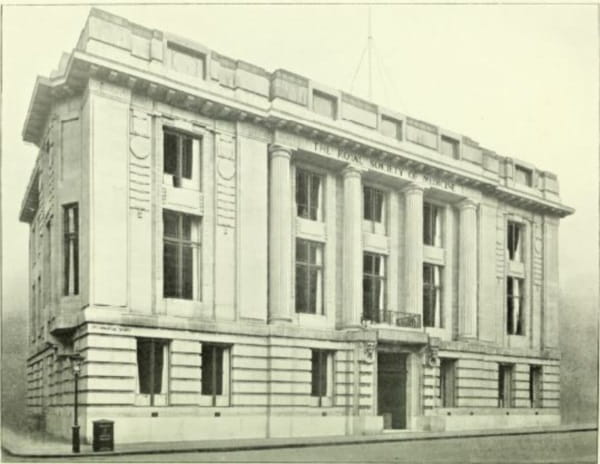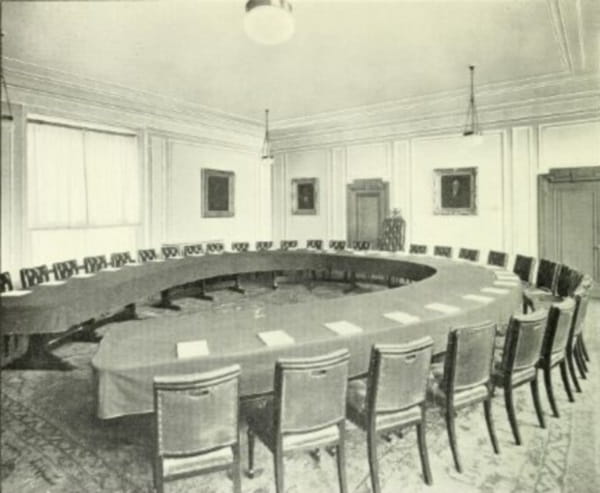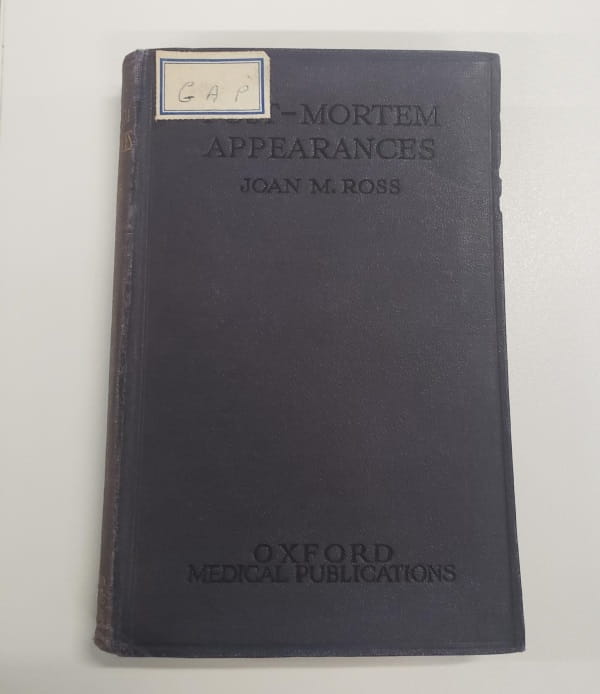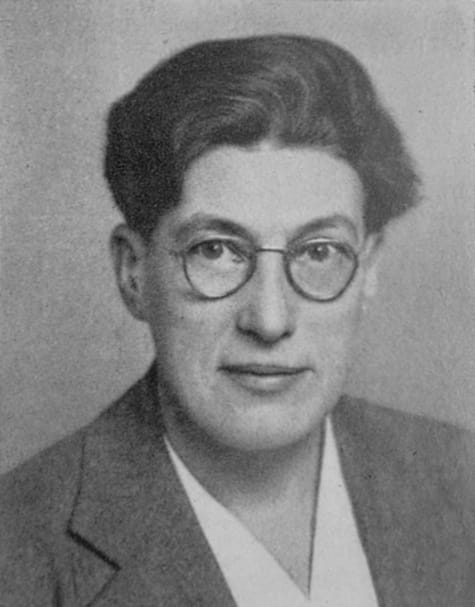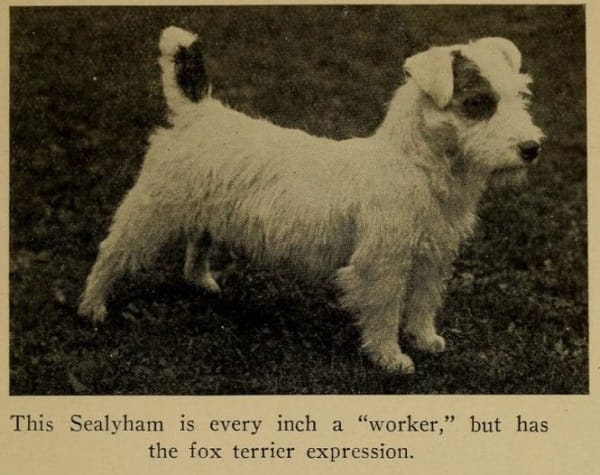No common appearance - A pathologist of note
16 Apr 2024
Corinne Hogan
In November 1946 the Royal College of Surgeons of England awarded the John Hunter medal and prize to Joan Margaret Ross in recognition of her research in pathological anatomy.
Above: Announcement of the John Hunter medal. From: British Medical Journal 1946; 2(4482): 840.
As an Emergency Medical Service Pathologist during the war, Ross was honoured due to her dedication in bringing an important project to fruition, which necessitated research on the battlefields of Salerno and Cassino, and in Belsen concentration camp. Ross acted as a curator assisting with arrangements to form a comprehensive national collection of pathological specimens, photographs, and drawings of war injuries.
The bombing of the College in 1941 destroyed many of the war injury specimens and records that had previously been held as the Army Medical War Collection, then housed in the Museum. Therefore, the Medical Research Council accepted a request from the War Office and the Royal College of Surgeons of England to assist with the project. A special subcommittee of the Council's War Wounds Committee was appointed to direct the scheme; this subcommittee included nominees of the three military Services, the Ministry of Health, the Department of Health for Scotland, the Royal College of Physicians of London, the Royal College of Surgeons of England, and the Ministry of Pensions.
A large number of specimens were accumulated by the end of the conflict, and an exhibition of a selection of these was held at the Royal Society of Medicine's Council Room from 5-9 March 1945. The exhibition was open to all members of the medical profession but not the general public. It consisted mainly of specimens, photographs, and drawings of wounds sustained in the land fighting in Italy and North-West Europe. The material was collected with the cooperation of the Army Medical Department. Also exhibited were museum specimens collected by Dr. Ross; coloured photographs by Mr. P. G. Hennell (courtesy of the Metal Box Co., Ltd.); and drawings by Mrs. M. L. Wright and Mrs. Ehrenborg. The specimens collected were distributed to various museums and teaching institutions after the war.
Above: The main facade of the Royal Society of Medicine. From: The Royal Society of Medicine. Opening of the new building by His Majesty the King accompanied by Her Majesty the Queen. London; 1912. p2.
Above: The Council Room of the Royal Society of Medicine. From: The Royal Society of Medicine. Opening of the new building by His Majesty the King accompanied by Her Majesty the Queen. London; 1912. p14.
Dr Ross continued her promising and distinguished career in pathology. In 1925, she published an important standard pathological textbook on post-mortem appearances - by 1963, it had run to six editions.
Above: The RCS England Library's copy of Joan M. Ross&esquo;s Post Mortem Appearances, first edition.
It must be recognised that death from any contributory cause will always fall under one of three headings – namely, asphyxia, syncope, or coma. In other words, life depends on the integrity of function of three systems of the body – the respiratory, the circulatory, and the nervous.
Ross, J. M. Post-Mortem Appearances. 2nd edn. Oxford: Oxford Medical Publications; 1931.
Ross argued that any death associated with hypoxia is seen as asphyxia, cardiac failure as syncope, and death due to loss of neurological control of cardiorespiratory function is death due to coma.
In 1941, before the collection of the war injury specimens, she had published on a number of interesting pathological subjects. Her work on blast deaths was particularly remarkable. She noted that blast injuries occurred with no or very few external injuries but that post-mortem examinations revealed severe “inter-pulmonary haemorrhages” distinct from lesions due to asphyxia or the impact of solids against the thoracic wall. (Ross, J. “Haemorrhage in the Lungs in Cases of Death Due to Trauma.” BMJ 18 January 1941; pp79-80).
She also published research on various pathological topics in the British Medical Journal, the British Journal of Experimental Pathology, The Lancet and The British Journal of Pharmacology and Chemotherapy on topics connected to tumours, radiation, and reticulosis.
In 1953, she was appointed consultant pathologist to the Department of Microbiology at the Ministry of Supply at Porton; the Microbiological Research Department was a defence research organisation within the Ministry of Supply, “staffed by members of the Scientific Civil Service. It originated early in the Second World War. The Government at that time wanted the team to assess, if possible, the dangers likely to arise as a result of deliberate dissemination of disease-producing organisms and, if danger existed, to have developed means for counteracting the consequences of such evil” (Henderson, D. W. W. “The Microbiological Research Department, Ministry of Supply, Porton, Wilts.” Proceedings of the Royal Society B, Biological Sciences 1955; 143, 911.). Ross worked at Porton until 1957 when she retired to live in her native Scotland, with her brother.
Joan Ross was a remarkable person with a manly appearance about which she told many tales. When she was wearing her long gown and demonstrating necropsies one waited for some new student to address her as ‘Sir’, much to the amusement of everyone present.
Taylor J. “Joan Margaret Ross.” Journal of Clinical Pathology 1964; 17: pp575-576.
Joan’s appearance and how she presented herself to the world are referred to in the above quote from her biography in the Journal of Clinical Pathology. This account is supported by the photograph taken of her around the time of her award by the College for her work on pathological anatomy in 1946, in which her gender-neutral look can be noticed. She was also described as a pipe-smoking, pint-drinking pathologist at a time when such things were profoundly atypical in a woman. Unfortunately, it has, thus far, not been possible to find any evidence about her views on her identity, but it would be interesting to learn more about how she felt working in such a male-dominated branch of medicine. Perhaps it would have surprised her to know that in the 21st century, pathology has reached the third highest proportion of women to men among all medical specialties (42%), according to data for 2021.
Above: Photograph of Joan Ross. From: Taylor J. “Joan Margaret Ross.” Journal of Clinical Pathology 1964; 17: pp575-576.
After her retirement from pathology, she pursued an interest in breeding Sealyham terriers. This would have been a peak time for breeding these dogs, as they were extremely popular in the middle of the twentieth century and regarded as the must-have canine for the jet set: Elizabeth Taylor, Humphrey Bogart, Cary Grant and Alfred Hitchcock all had Sealyhams. Even the Royal Family were admirers – particularly Princess Margaret.
Above: A photograph of a Sealyham terrier: From: Rogers, A. Cairn and Sealyham terriers. New York: R. M. McBride & company; 1922. p61.
Ross’ biography describes her preference for the country over city life. Above all, she appears to have been a kind person, helping those around her. She is described in her obituary as a staunch friend and a wise teacher.
The war specimens collection, for which Joan Ross received her prize, was broken up after the war. However, the Royal College of Surgeons of England Archives retained a proportion of the collected materials. These amount to 16 folders containing typescript case notes with photographs and radiographs for specimens from the National War collection. The records give the nature and outcome of each injury with patient details. (The files are closed to researchers as they contain sensitive medical data of identifiable subjects and, as such, are not available for consultation until 2046.) The Library also holds Post Mortem Appearances in the first edition (1925), and many of Ross’s articles are contained in the 20th-century journal holdings.
Corinne Hogan, Assistant Librarian


